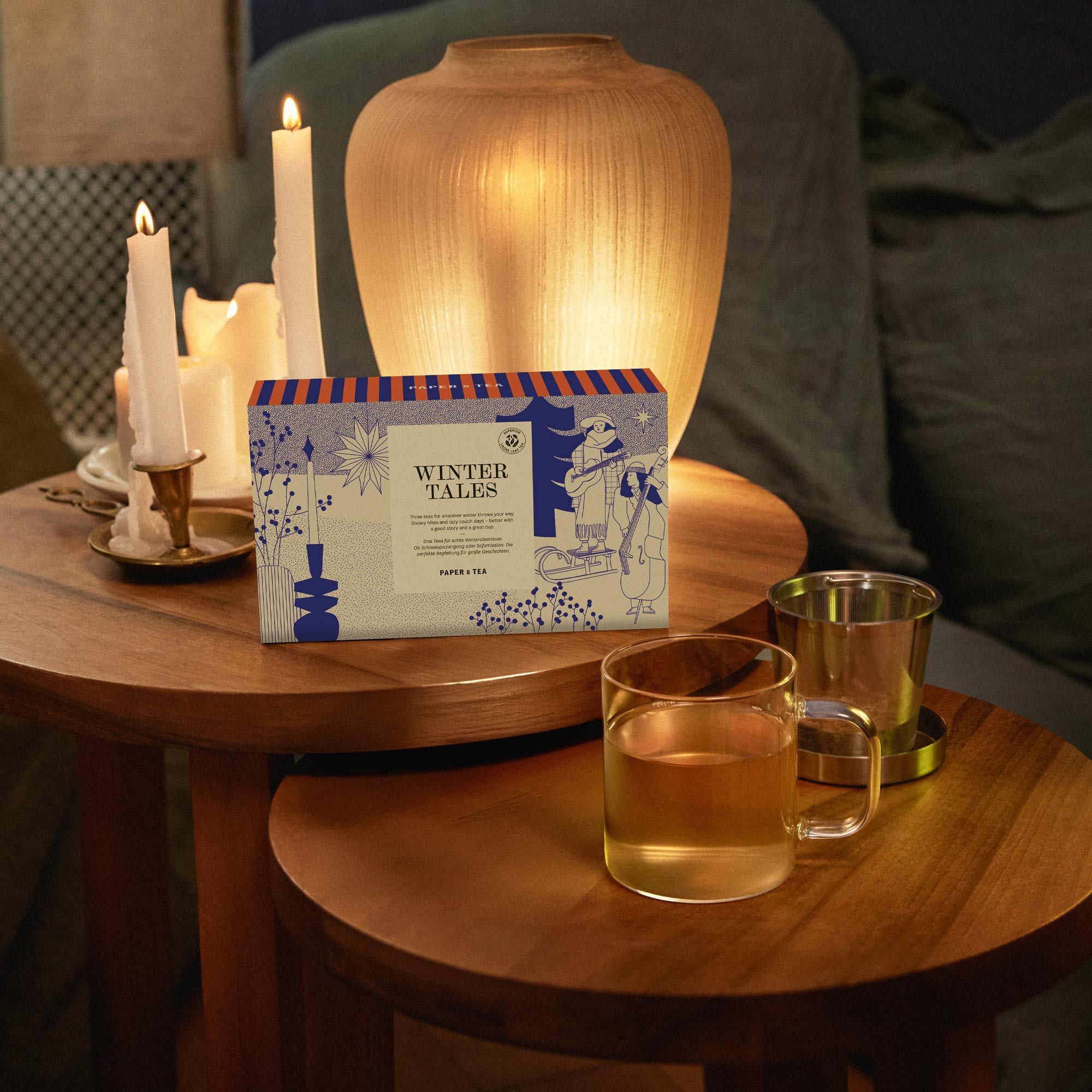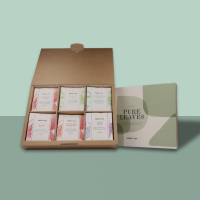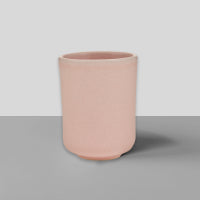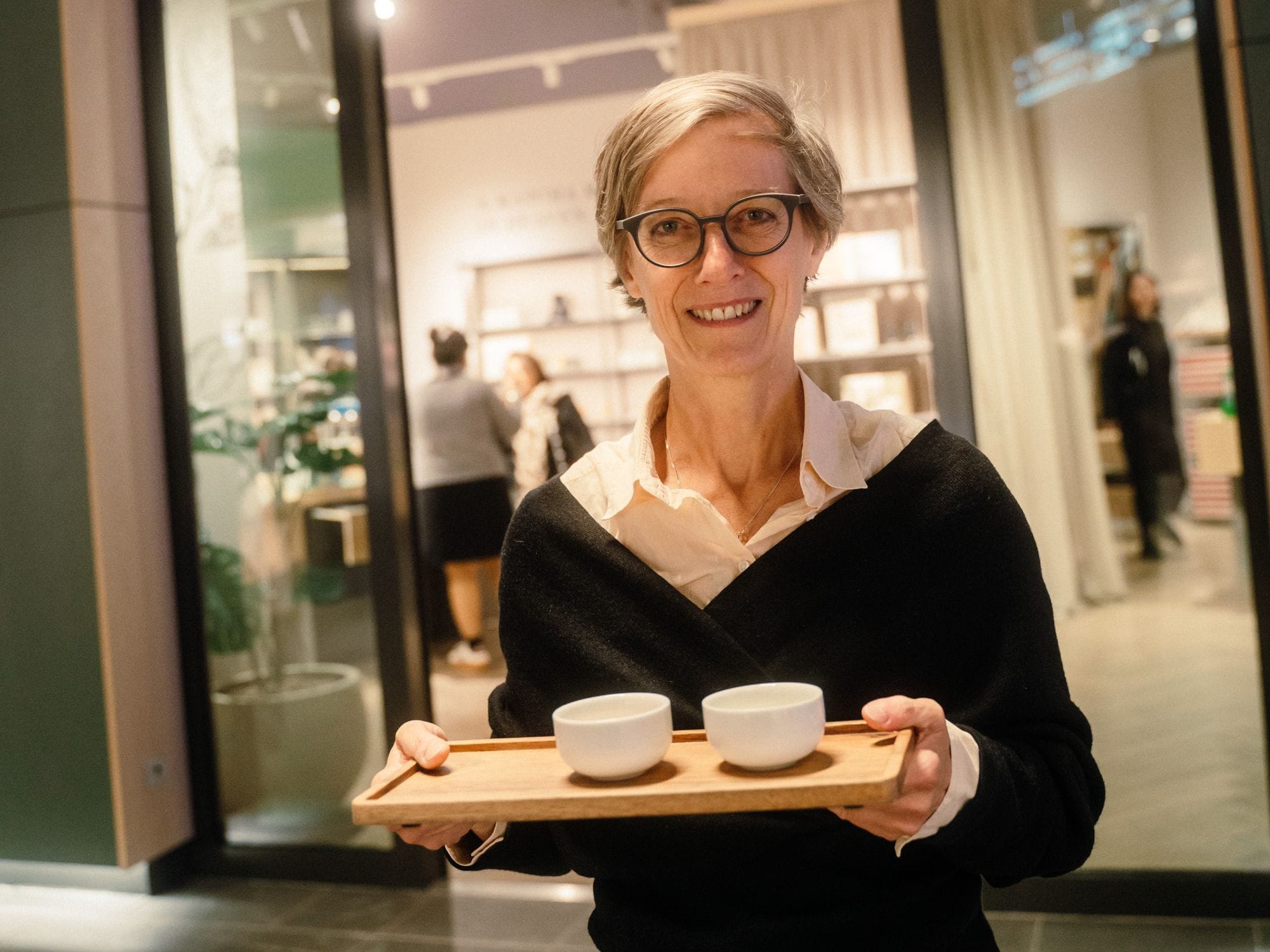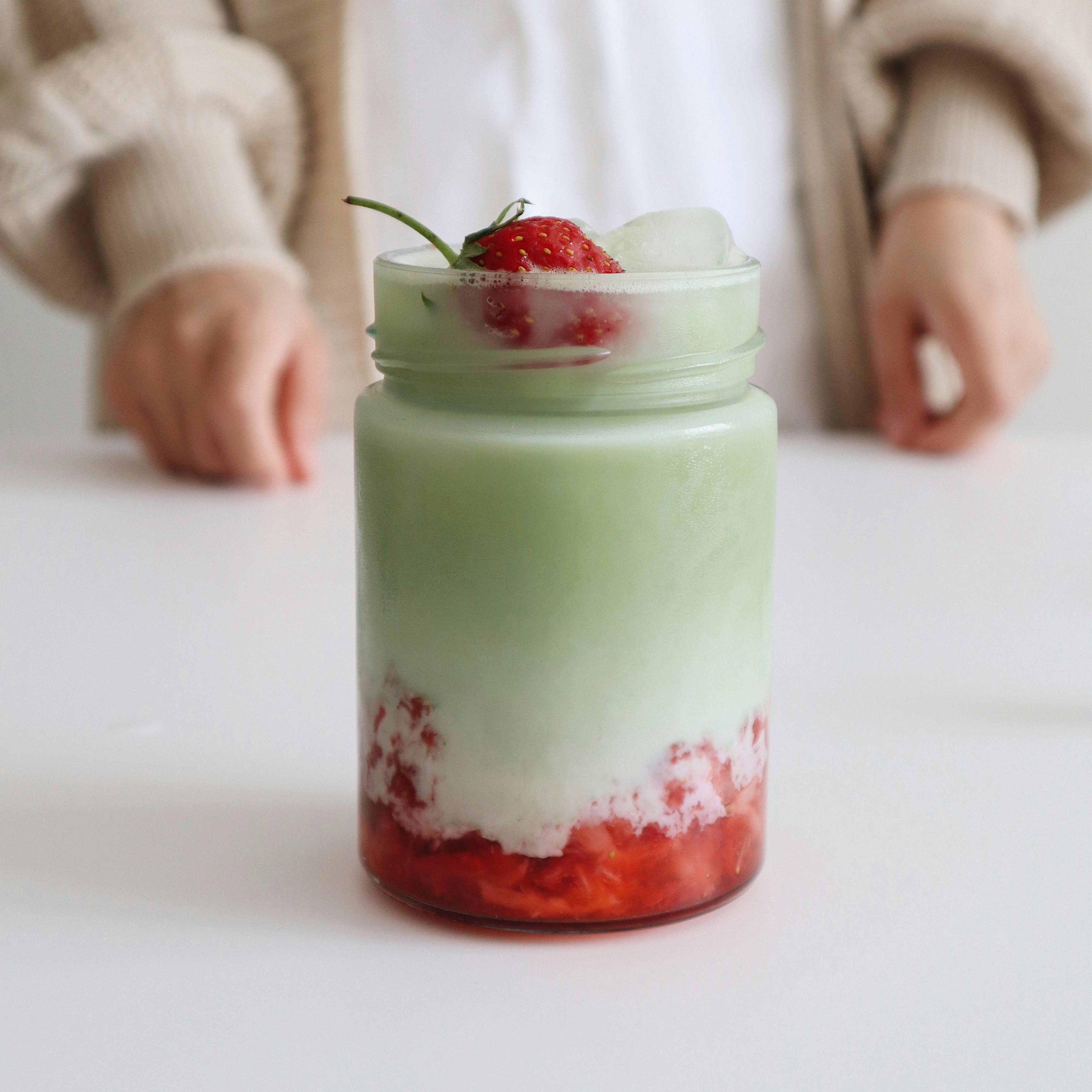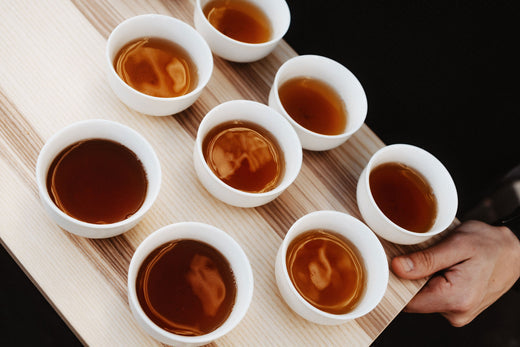Scones are a classic British bake – small, golden, and quickly made, traditionally served warm at tea time. They’re made from flour, fat (usually cold butter or cream), milk or buttermilk, and a raising agent such as baking powder. In Britain, scones are an essential part of a Cream Tea or Afternoon Tea, typically split in half and served with clotted cream (a thick, rich cream from the South West of England) and jam. British scones are less sweet and lighter in texture than their American counterparts, which tend to be sugary and glazed, resembling American biscuits in crumb.
Description of Scones
Scones are known for their delicate, crumbly texture and simple, no-fuss dough. They’re often made using the “rub-in” method: cold butter is rubbed into the flour before adding the liquid and raising agent. There are also a few common variations:
- Cream scones, where some of the butter is replaced with cream
- Soda scones, made with buttermilk and bicarbonate of soda
They’re usually cut into rounds (about 5–6 cm across and 2–3 cm high) and baked quickly in a hot oven so they rise beautifully.
Flavour-wise, they range from plain or sultana scones to lemon or cranberry versions, and even savoury ones with Cheddar, herbs, or pepper. Sweet scones are traditionally served with strawberry or raspberry jam and clotted cream, while savoury ones go nicely with cream cheese or chutney. For tea time, they pair best with robust black teas such as Assam, Darjeeling, or Ceylon – the citrus notes of Earl Grey add a refreshing touch.
Day to day, scones are wonderfully simple to make: the dough should only be mixed briefly (overmixing makes them tough), the cutter should be pressed straight down without twisting (to keep the sides even), and they should be baked hot so they rise properly. They taste best freshly baked but also freeze well and can be reheated in the oven when needed.
A bit of history
The origins of scones lie in Scotland. The term first appears in Scottish sources in the early 16th century. Originally, scones were flat oat cakes baked on a griddle (“girdle”) and cut into wedges. With the advent of baking powder in the 19th century, the scone evolved into the oven-baked wheat version we know today.
In England, scones became a staple of tea culture, particularly after the rise of Afternoon Tea around 1840 – a tradition often credited to Anna Russell, the Duchess of Bedford. In Devon and Cornwall, this developed into the Cream Tea that’s still cherished today. A local legend from Devon links the custom to Tavistock Abbey, where monks were said to serve bread with cream and jam in medieval times – not historically proven, but certainly influential in shaping the tradition.
As for the name, there are several theories: it may derive from the Scots Gaelic “sgonn” (meaning lump or piece), from Middle Dutch “schoonbrood” (“fine” or “beautiful bread”), or possibly from the “Stone of Scone”, the coronation stone in Scone, near Perth – though that last one is more romantic than linguistic.
Fun facts & tips
- How to say it: “Skon” (short o) or “Skoan” (long o) – both are used in the UK, with “Skon” more common in the North and “Skoan” in the South.
- Devon vs Cornwall: The great Cream Tea debate! In Devon, you spread the clotted cream first, then the jam. In Cornwall, it’s jam first, then cream. Both are delicious.
- For a better rise: Handle the dough lightly, fold it a couple of times for layers, don’t twist the cutter, brush the tops with milk, and bake hot (about 210–220°C, 12–15 minutes).
- Buttermilk magic: The slight acidity reacts with the bicarb to give a lovely light, moist crumb.
- Drop scones aren’t scones: In Britain, “drop scones” (or Scotch pancakes) are small, thick pancakes cooked on a griddle – a completely different treat!
- Savoury delight: Cheese scones with mature Cheddar, spring onion, or mustard seeds are a classic for a savoury afternoon tea.
- Australian “Lemonade Scones”: A modern favourite made from just three ingredients – self-raising flour, double cream, and lemonade – for extra fluffiness.
- Cream Tea etiquette: Break your scone in half by hand, then spread each half separately – never sandwich them together.
- Mark your calendar: National Cream Tea Day is celebrated in the UK on the last Friday in June.
Frequently asked questions
What are scones?
Scones are small, quick-baked rolls from Britain – a true tea time classic. The dough is usually made from flour, cold butter, milk or buttermilk, and baking powder (or bicarb). They’re typically round, about 5–6 cm across, and served warm with jam and clotted cream. Originating in Scotland, they’ve become a beloved part of both Afternoon and Cream Tea.
What do scones taste like?
Traditional British scones are mild, slightly buttery, and only gently sweet, with a tender, crumbly crumb and a light golden crust. On their own they’re fairly neutral – the perfect base for jam and cream. Variations include fruit scones with raisins or citrus zest, and savoury ones with cheese and herbs.
How do you eat scones with clotted cream?
- Serve warm from the oven and break in half by hand (don’t cut them).
- Spread each half separately – don’t make a sandwich.
- Follow your preferred order: Devon-style (cream first) or Cornwall-style (jam first). There’s no wrong way – it’s down to taste.
- Strawberry or raspberry jam are the traditional choices. If you can’t find clotted cream, use whipped crème double or a mix of mascarpone and cream.
- Best enjoyed with a strong black tea like Assam, Ceylon, or a fragrant Earl Grey – the perfect Cream Tea pairing.
Should scones be hard or soft?
Good scones are lightly crisp on the outside and soft, fluffy, and slightly crumbly inside – never hard. If they turn out dry or tough, it’s usually from overworking the dough, too little fat or liquid, or overbaking.
- Baking tip: Mix the dough briefly, press the cutter straight down, and bake hot (around 210–220°C for 12–15 minutes).
- Best eaten fresh: Scones taste best warm from the oven, but they freeze well for later.
- Storage: Keep in an airtight container for up to a day; after that they tend to dry out.



